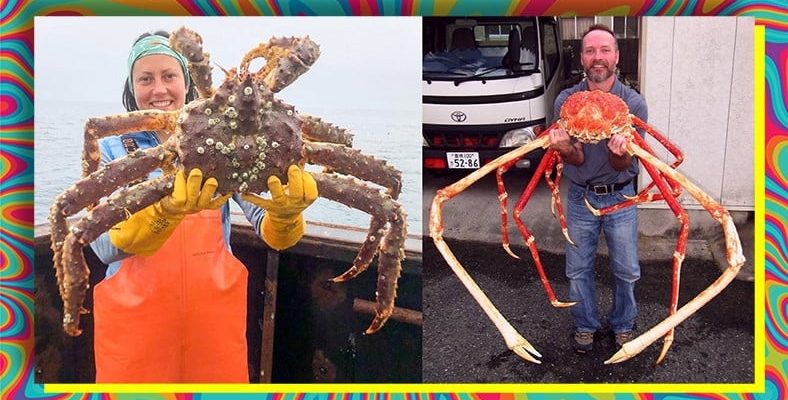The world of living things is very interesting and complex with its extraordinary features. At this point, evolution continues to advance and develop in order to shed light on all these unknowns. The living thing that we are looking for answers to questions today is crabs.
Numerous studies on crabs and findings at the point of evolutionopens an indispensable door for examining these creatures in depth.
There are many question marks about to the world of crabs Let’s do a detailed introduction.
No living thing’s evolutionary process has astonished biologists as much as crabs.
With a study they conducted in 2021, researchers tried to unravel the evolutionary history of crabs in full detail, and that these creatures were actually evolved at least five times in the last 250 million years. appeared.
In a study published in a journal in 2017, porcelain crabs, king crabs, true crabs infraorder, coconut crabs, and hairy stone crabs were found independently of each other. evolved into different forms.
In fact, the common ancestor of these creatures was a completely different species that did not look like a crab.
japanese spider crabs
In 1916, a British biologist attributed the tendency for these crab-like but non-crab-like forms to evolve, a word derived from the Greek word “carcinos” meaning crab. “carcinization (crab)” had given his name.
The ancestors of these creatures, which did not resemble crab, were exposed to the conditions such as temperature, gravity and time that real crabs are exposed to. they had a very similar appearance and this is what came to be called crabation.
In addition, crabs are extraordinarily resilient creatures It has been suggested that the physical features associated with this appearance in many species are regularly selected over and over again.
In addition to the external appearance, the neurological structure, circulatory system and many other organs and structures have evolved into completely similar structures.
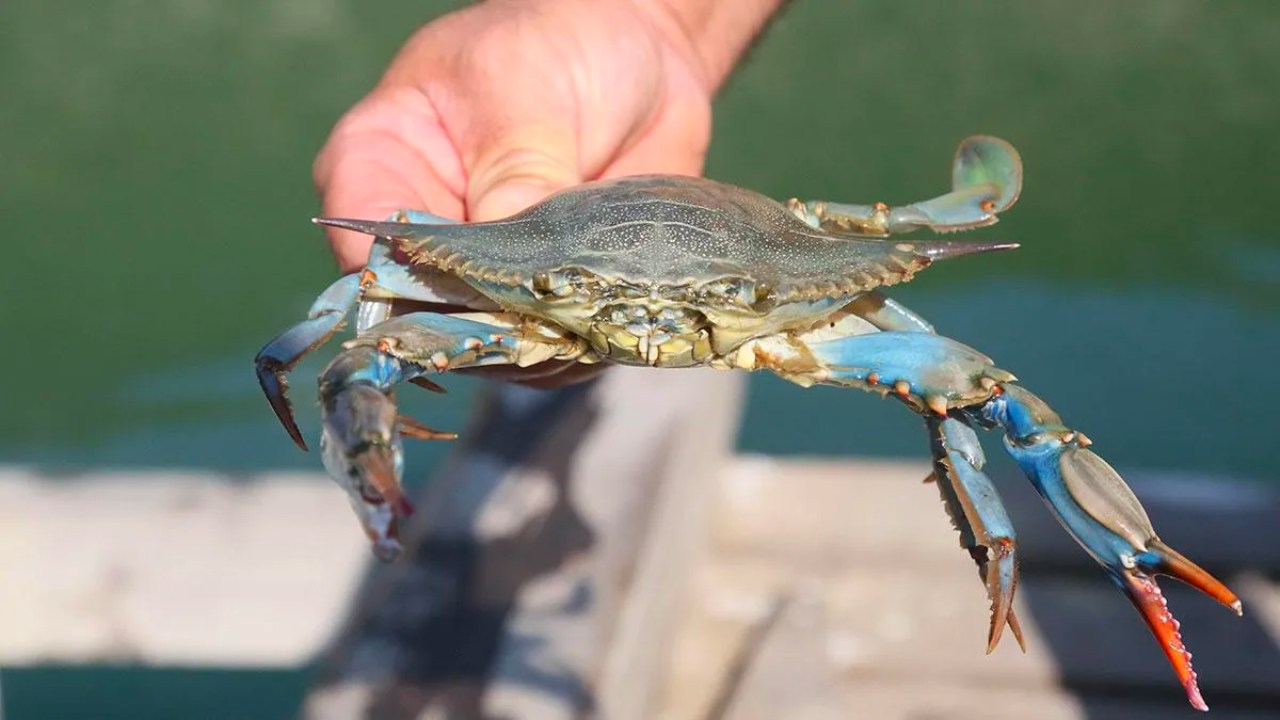
blue crab
On the basis of this, there is the shaping of some internal organs and structures in parallel with the external morphologies. Thus, features such as these seen in living things adapting to similar environments evolution of visceral structures has caused.
In this case, when a living thing evolves, evolution of the other is inevitable. We can conclude that. In fact, evolution contains a much more predictable process than previously thought.
For example, king crabs are thought to have evolved directly from hermit crabs.
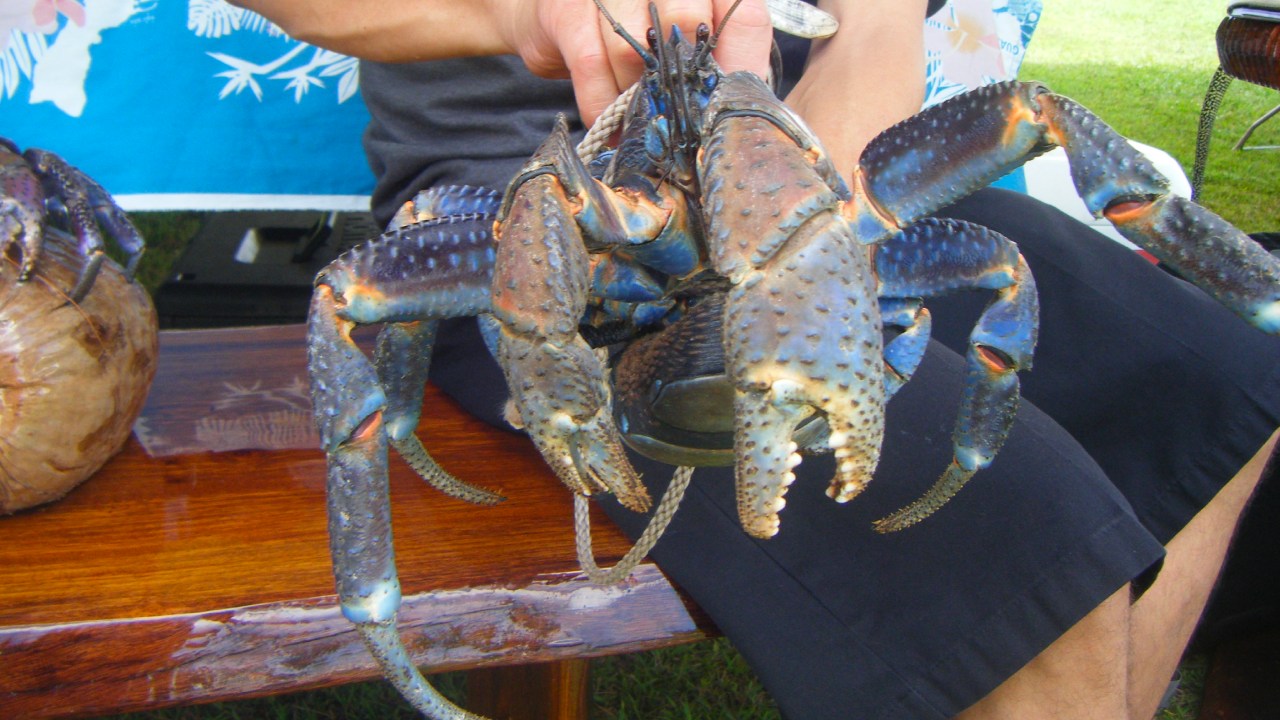
coconut crab
In fact, such an evolutionary change is not yet generally accepted among evolutionary biologists, but king crabs are no exception in this sense. is thought to be.
This situation clearly shows that the two crab species to the ancestor-grandchild relationship and the transformation of king crabs into hermit crabs thus explains the reason for the asymmetry encountered in crabs.
Again, one of the species that underwent carcinization and became a crab, Alllopetrolisthes spinifrons species, not just body form; it also evolved as a sexual andromorphic, with males having a shorter abdomen, as in true crabs.
There is another point that confuses them: Every living thing that you think is a crab by being deceived by its appearance is not actually a crab.
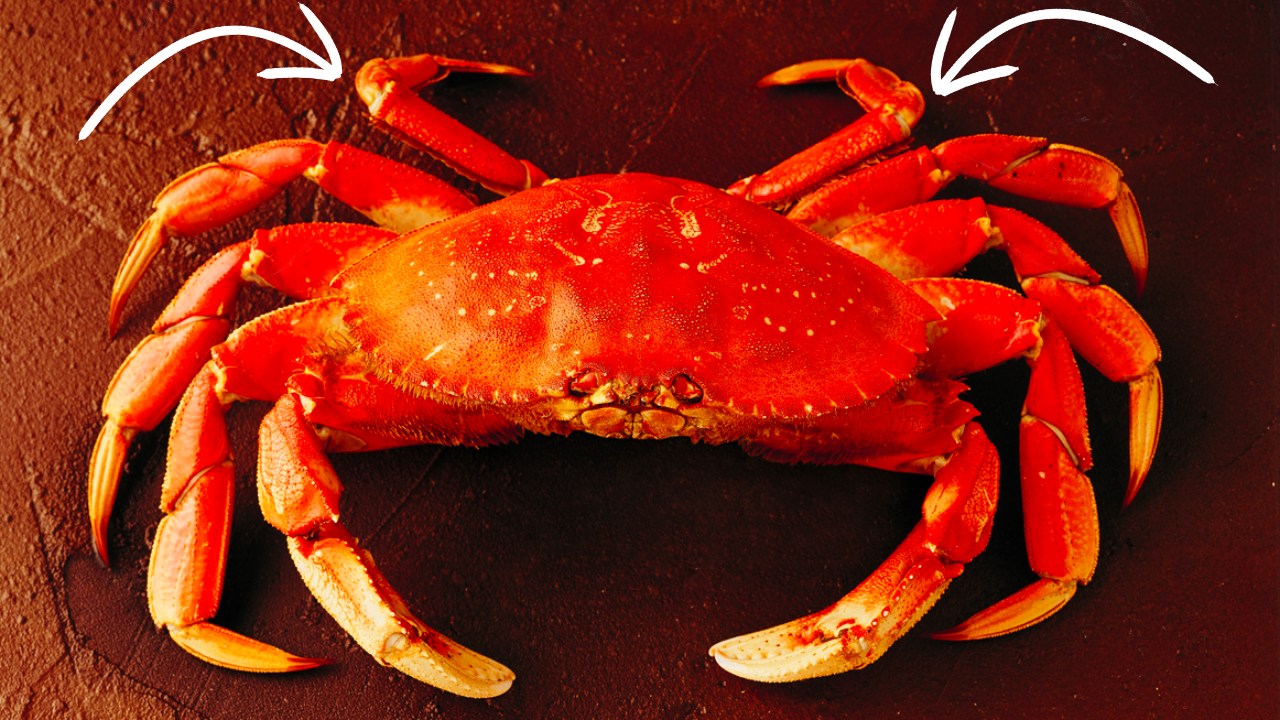
For example mud crabs and swimming crabs, “real” crabs while being classified as; Those known as pointed kings or hermit crabs, which attract attention with their spiral bellies, fall into the false crabs category.
Are your crabs a real crab or Another creature we think is crab? It’s actually quite easy to distinguish where it is.
The most obvious difference between fake and real crabs is how many legs they have. Real crabs have five pairs of skinny legs. The first of these have been modified with a pair of grippers and are not used for movement. False crabs also have four legs, but a smaller pair on the back, unlike the others.
In addition to all this, a Harvard University analysis reveals surprising findings about crabs.
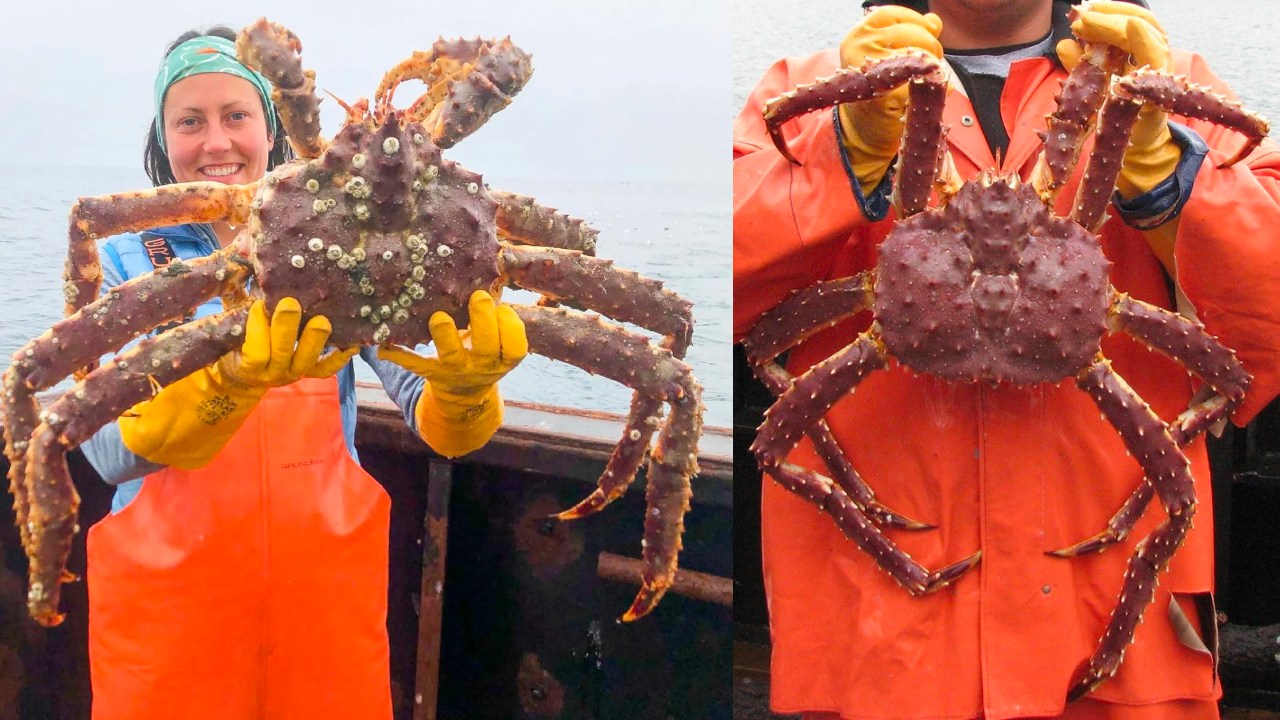
king crab
According to the study, both fake and real crabs; broad, flat and hard shell may have. The curved tails, one of the most striking features of these creatures, can also be found in both species.
Also, Bracken-Grissom argues that having a crab-like shape would confer some kind of evolutionary advantage.
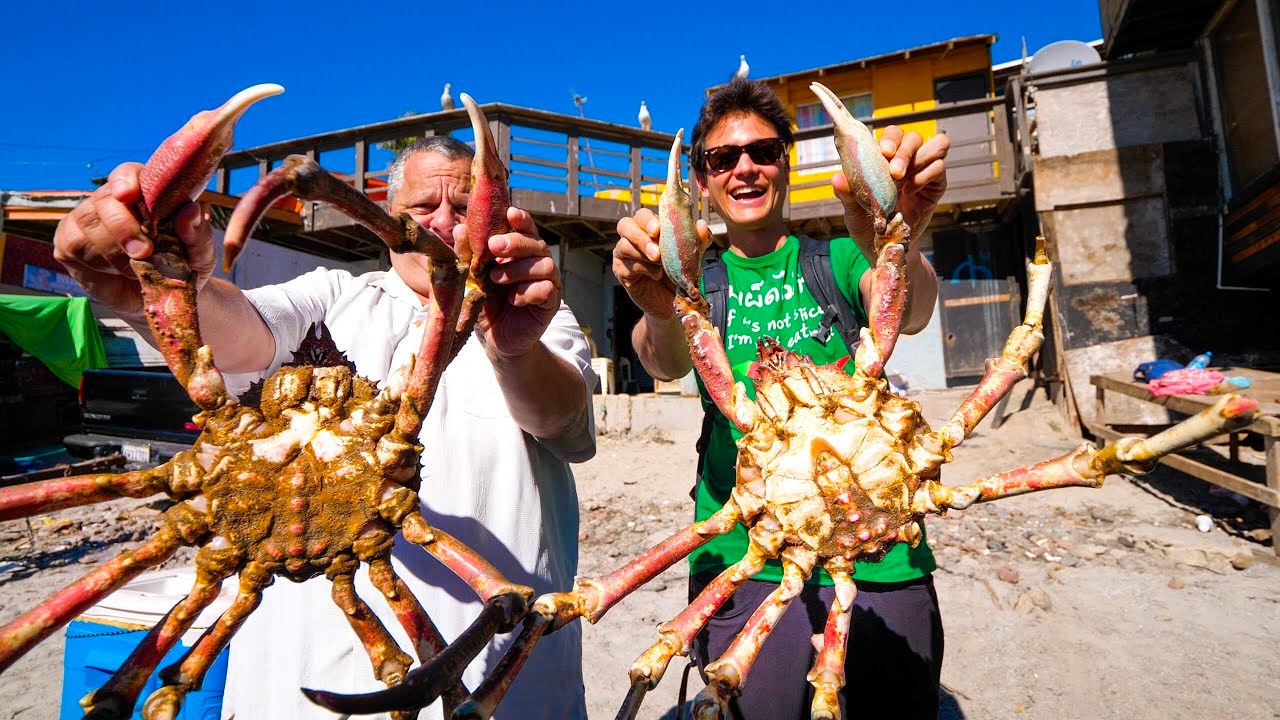
Great Martian crab
The current achievements and findings from the crab shape remain a mystery, but biologists say this is the case. ability of new species to diversify and colonization of new habitats. thinks it will be effective.
Although it is thought that the crustaceans in the world have evolved into crabs, a final form has not been reached yet. At this point, we understand that despite many years of work by successful researchers, many things that remain unknown about these creatures there is.
Even crab formation in the next million years, may lose its evolutionary popularity and crustaceans, on the contrary, may diverge from this shape.
The conclusion we have arrived at is that evolution is not as simple as one might think, and it still continues. It probably looks like it will continue to evolve and change forever.
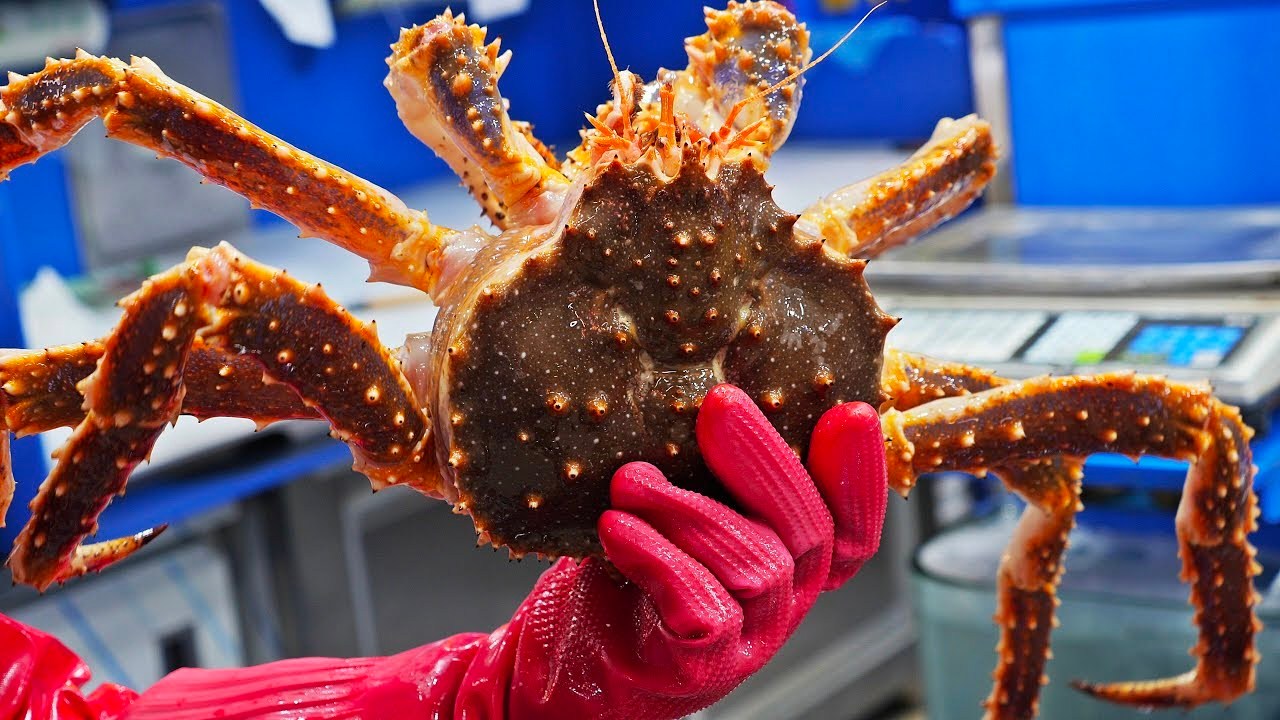
king crab
It seems that the crab-like forms of evolution, why it continues to evolve will remain a secret. No doubt, scientists will not stop researching and questioning. If evolution continues at this point, let’s say he knows something.
RELATED NEWS
